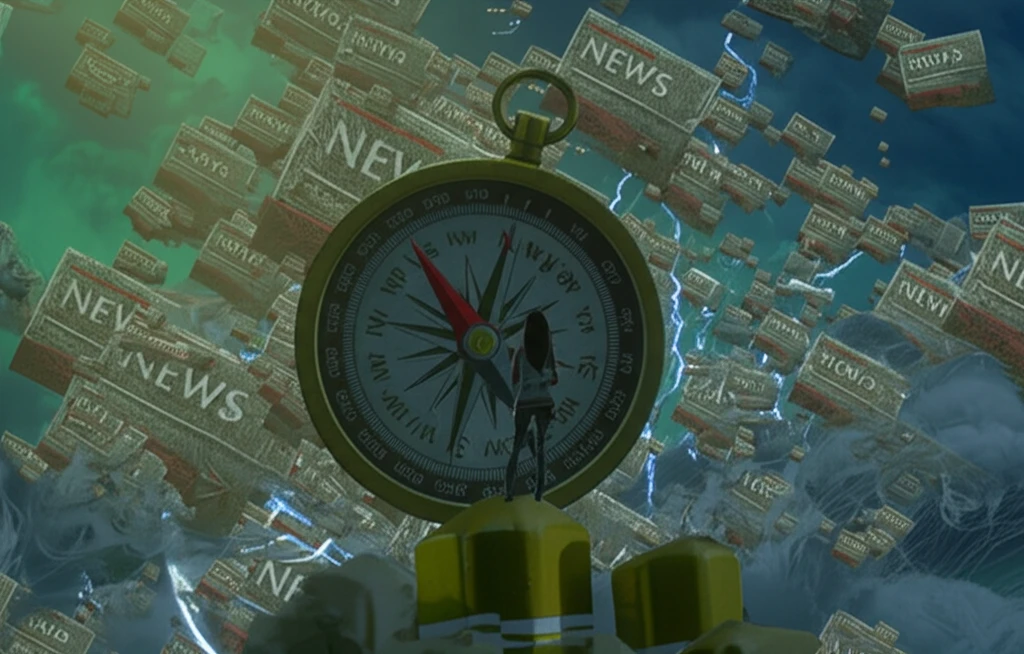
Decoding Political Messages: How to Stay Informed in a World of Information Overload
"Navigate the noise and understand the real story behind the headlines."
In today's fast-paced world, staying informed about politics can feel like an overwhelming task. With countless news sources, social media debates, and opinions flying from every direction, it's easy to feel lost in the noise. But understanding the political landscape is more crucial than ever. This article will guide you through the essential skills and strategies for navigating the complex world of political communication, ensuring you stay informed without getting stressed.
Political communication has transformed dramatically over the decades. Early researchers like Walter Lippmann and Harold Lasswell focused on how the media shaped public opinion, assuming that media influence could not be understood without knowing how media operated. Today, we face an environment saturated with information, where specialization in institutions and behavior has somewhat fragmented the field.
The challenge now lies in merging the valuable lessons of the past with the analytical tools of the present. We need to understand not just what information is presented, but also how it is strategically crafted and disseminated by politicians and the media alike. This article will help you develop a holistic view, enabling you to analyze political messages effectively.
The Three Generations of Political Communication Research

To better understand where we are today, it's helpful to look back at the evolution of political communication research. The field can be broadly divided into three generations, each influenced by the changing media landscape and the development of social science methodologies:
- Focused on propaganda and its effects.
- Assumed a direct impact of media.
- Limited methodological rigor.
Embracing a Holistic Approach
The study of political communication presents a seemingly limitless scope of inquiry. From local zoning problems to international conflicts, nearly every conceivable topic falls under its umbrella. By embracing a holistic view of the information environment, developing critical analysis skills, and understanding the strategic interactions between politicians and the media, you can become a more informed and engaged citizen.
